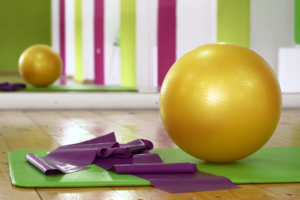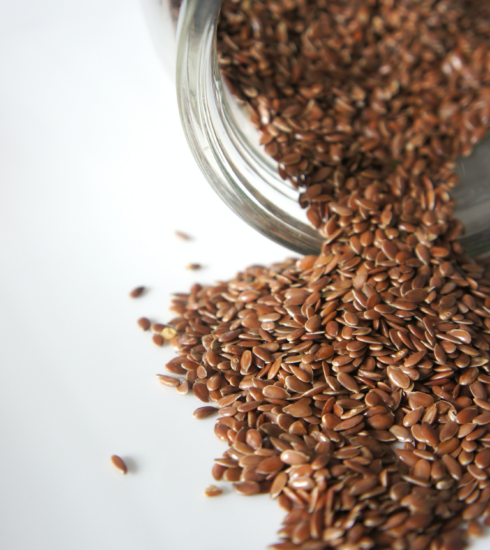Get to Know Your Vagus Nerve
The vagus nerve, often referred to as the “wandering nerve” due to its extensive reach throughout the body, plays a crucial role in regulating many bodily functions. It’s a key player in the parasympathetic nervous system, often called the “rest-and-digest” system, which counterbalances the “fight-or-flight” responses driven by the sympathetic nervous system. Stimulating the vagus nerve can lead to improved mental, emotional, and physical well-being.
What Is the Vagus Nerve?
The vagus nerve is the longest cranial nerve in the body, running from the brainstem through the neck and down into the chest and abdomen. It connects the brain to vital organs, including the heart, lungs, and digestive tract. This nerve influences heart rate, digestion, mood, and immune response.
Why Stimulate the Vagus Nerve?
Activating the vagus nerve can promote a state of calm and relaxation, reducing stress and inflammation in the body. Some of the potential benefits of vagus nerve stimulation include:
Improved Mental Health: Helps alleviate anxiety and depression.
Better Heart Health: Supports cardiovascular function by regulating heart rate.
Enhanced Digestion: Promotes efficient functioning of the gastrointestinal system.
Reduced Inflammation: Helps modulate the immune response.
How to Stimulate the Vagus Nerve
- Deep and Slow Breathing
Practicing slow, diaphragmatic breathing is one of the simplest ways to activate the vagus nerve. Aim for deep breaths where your belly rises, rather than shallow chest breathing.
Breathe in for a count of 4.
Hold for 4 seconds.
Exhale slowly for a count of 6.
- Cold Exposure
Exposure to cold temperatures can activate the vagus nerve.
Splash your face with cold water.
Take a cold shower or alternate between hot and cold water.
- Singing, Humming, and Chanting
Vocal activities engage the muscles in the throat, which are connected to the vagus nerve.
Sing your favorite songs loudly.
Try chanting “Om” during meditation.
- Meditation and Mindfulness
Practicing mindfulness and meditation, especially techniques that involve focused breathing, can stimulate the vagus nerve.
Guided meditation apps can help you get started.
Yoga and tai chi also incorporate mindful movements.
- Massage
Certain types of massage, particularly neck and foot massages, can help activate the vagus nerve.
Gently massage the area around the carotid sinus in the neck.
Reflexology techniques on the feet may also be beneficial.
- Probiotics and Gut Health
A healthy gut positively influences vagal tone.
Incorporate fermented foods like yogurt, kefir, sauerkraut, and kimchi into your diet.
Consider taking a high-quality probiotic supplement.
- Social Connection and Laughter
Positive social interactions and genuine laughter can stimulate the vagus nerve.
Spend time with loved ones.
Watch a comedy show or movie.
- Exercise
Moderate-intensity physical activity supports vagal tone and parasympathetic activity.
Walking, swimming, and cycling are excellent options.
Mind-body exercises like yoga can be particularly effective.










